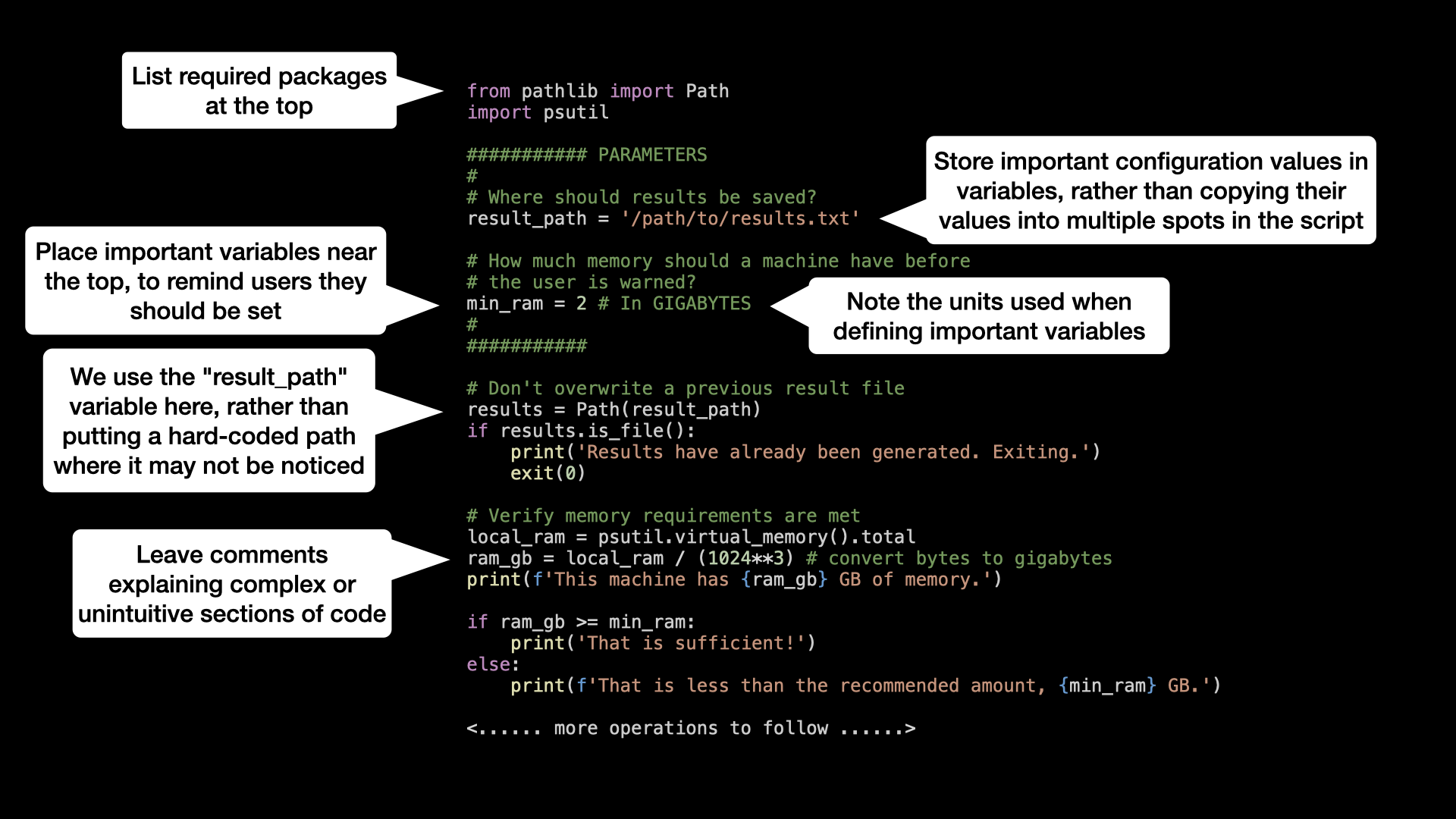Current Projects
Why wild animals?
Host-associated microbial communities exert profound impacts on health and physiology in both humans and other animals. However, the microbiome is temporally and geographically dynamic, and large gaps remain in our understanding of the forces that shape the microbiome over time and space. Understanding such patterns is important for placing host-microbiome interactions in an evolutionary framework, as well as for linking environmental change to health consequences for hosts. Wild animal systems serve as natural experiments that can provide unique insights into filling these gaps.
We combine fieldwork and database analyses with microbial sequencing and computational modeling. Research in our lab is highly collaborative, as understanding host-associated microbiomes involves an amalgamation of microbiology, data science, animal behavior, ecology, and genetics. Current research topics in the lab include:
Microbiome dynamics over time
Gut microbiome composition is temporally dynamic, and large gaps remain in our understanding of the causes and consequences of microbial change over an individual host’s lifetime. A stable microbiome is often beneficial for the host, but the capacity for a plastic microbiome allows a host to better adapt to novel and changing environments, including shifts in resources due to human-caused habitat degradation. Thus, quantifying how individual hosts vary in microbial dynamism, understanding the consequences of having a more plastic versus stable microbiome, and investigating how environmental stressors affect microbial dynamics, are key to understanding the evolution of the host-microbiome relationship. Our lab is testing these ideas in collaboration with two different long-term wild primate study systems: the the savannah baboons of Amboseli National Park in Kenya in collaboration with the Amboseli Baboon Research Project, and the red-bellied lemurs of Ranomafana National Park, Madagascar in collaboration with the Laboratory for the Evolutionary Ecology in Primates (U Arizona) .
We are interested in developing collaborations with other extant long-term study populations.
Microbial consequences of sociality
Age-related shifts in microbiome composition are well-documented and important for later life health outcomes. To this end, our lab seeks to under how the early life social environment influences the temporal trajectory of the gut microbiome, its consequent phenotypic effects, and if such relationships are dependent on host genetic similarity or instability of the physical environment. Our lab is undertaking this work in tree swallow systems in collaboration with Dr. Kelly Hallinger (Franklin & Marshall), Dr. Jenn Houtz (Allegheny College), and local BC nest box monitoring groups. Photo credit Megan Buers.
We are recruiting a graduate student to test ideas about early life host-microbiome interactions across a latitudinal gradient in tree swallows.
Biogeography and wildlife health monitoring
Different animal populations have different gut bacteria, even controlling for dietary similarity, suggesting that the physical environment itself is an unappreciated, but important, sculptor of the gut microbiome. Additionally, because of its strong ties to host health, the microbiome can be a critical component of conservation. Our lab is interested in how biogeographic differences in microbiome composition relate to wildlife health metrics, and is currently testing these ideas in Northern saw-whet owls in collaboration with Megan Buers (UBCO; photo credit) and the Tatlayoko Lake Bird Observatory.
Microbial analysis tools
We are interested in developing new microbial analysis tools to make microbiome science more accessible, such as creating R visualization packages, developing code sharing guides for scientists from a variety of backgrounds, and figuring out how to extract microbial DNA from novel sample types.



